We sent the first humans to land on the Moon in 1969. Since then, only of 12 men have stepped foot on the lunar surface – but we left robotic explorers behind to continue gathering science data. And now, we’re preparing to return. Establishing a sustained presence on and near the Moon will help us learn to live off of our home planet and prepare for travel to Mars.

To help establish ourselves on and near the Moon, we are working with a few select American companies. We will buy space on commercial robotic landers, along with other customers, to deliver our payloads to the lunar surface. We’re even developing lunar instruments and tools that will fly on missions as early as 2019!
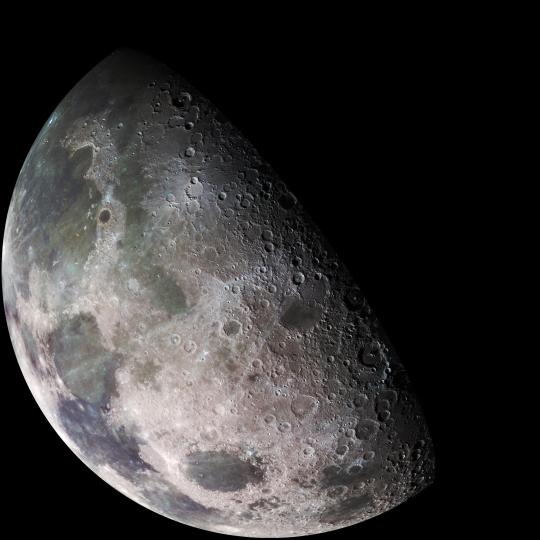
Through partnerships with American companies, we are leading a flexible and sustainable approach to deep space missions. These early commercial delivery missions will also help inform new space systems we build to send humans to the Moon in the next decade. Involving American companies and stimulating the space market with these new opportunities to send science instruments and new technologies to deep space will be similar to how we use companies like Northrop Grumman and SpaceX to send cargo to the International Space Station now. These selected companies will provide a rocket and cargo space on their robotic landers for us (and others!) to send science and technology to our nearest neighbor.
So who are these companies that will get to ferry science instruments and new technologies to the Moon?
Here’s a digital “catalogue” of the organizations and their spacecraft that will be available for lunar services over the next decade:
Astrobotic Technology, Inc.
Pittsburg, PA

Deep Space Systems
Littleton, CO

Firefly Aerospace, Inc.
Cedar Park, TX
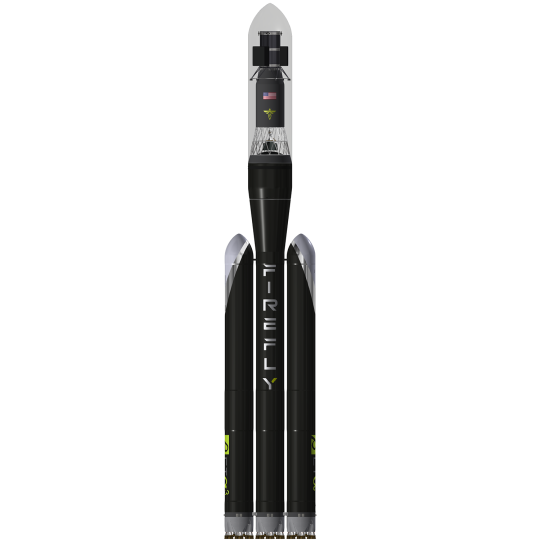
Intuitive Machines, LLC
Houston, TX
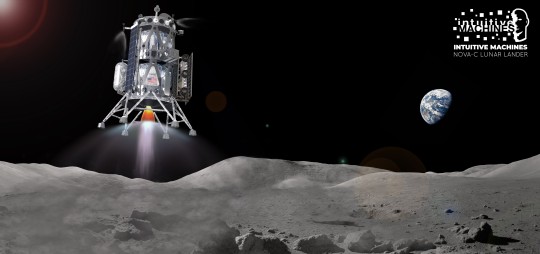
Lockheed Martin Space
Littleton, CO
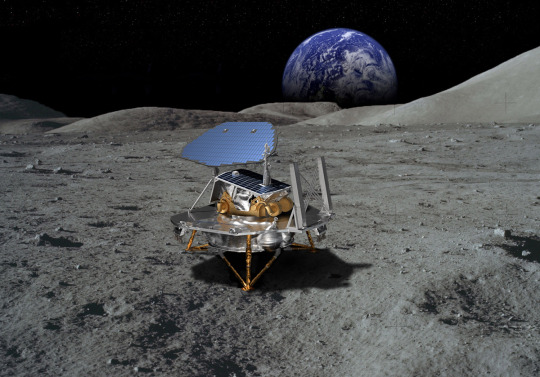
Masten Space Systems, Inc.
Mojave, CA
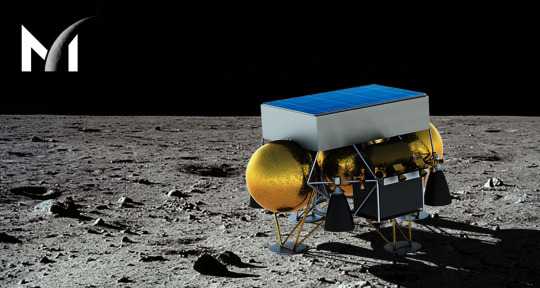
Moon Express, Inc.
Cape Canaveral, FL

Orbit Beyond, Inc.
Edison, NJ
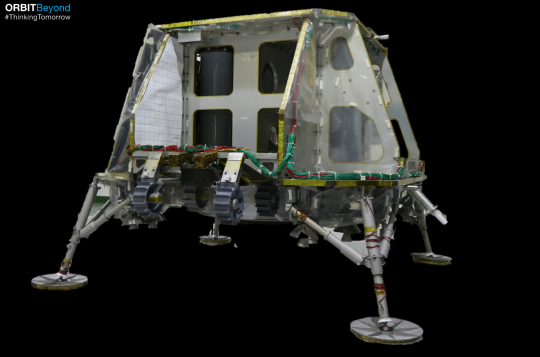
Draper, Inc.
Cambridge, MA
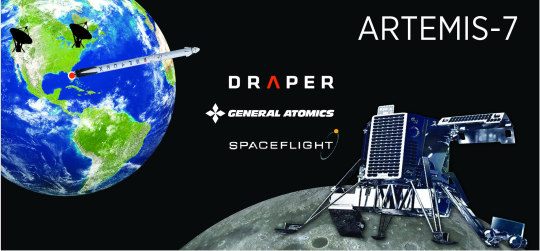
We are thrilled to be working with these companies to enable us to investigate the Moon in new ways. In order to expand humanity’s presence beyond Earth, we need to return to the Moon before we go to Mars.
The Moon helps us to learn how to live and work on another planetary body while being only three days away from home – instead of several months. The Moon also holds enormous potential for testing new technologies, like prospecting for water ice and turning it into drinking water, oxygen and rocket fuel. Plus, there’s so much science to be done!
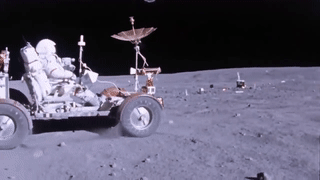
The Moon can help us understand the early history of the solar system, how planets migrated to their current formation and much more. Understanding how the Earth-Moon system formed is difficult because those ancient rocks no longer exist here on Earth. They have been recycled by plate tectonics, but the Moon still has rocks that date back to the time of its formation! It’s like traveling to a cosmic time machine!
Join us on this exciting journey as we expand humanity’s presence beyond Earth.
Learn more about the Moon and all the surprises it may hold: https://moon.nasa.gov
Find out more about today’s announcement HERE.
Make sure to follow us on Tumblr for your regular dose of space: http://nasa.tumblr.com





Комментариев нет:
Отправить комментарий